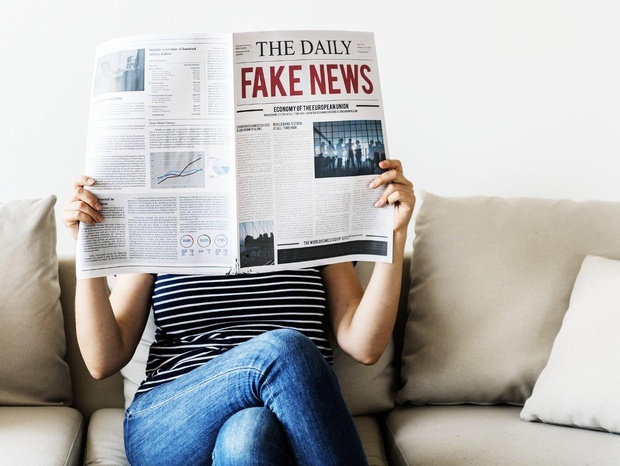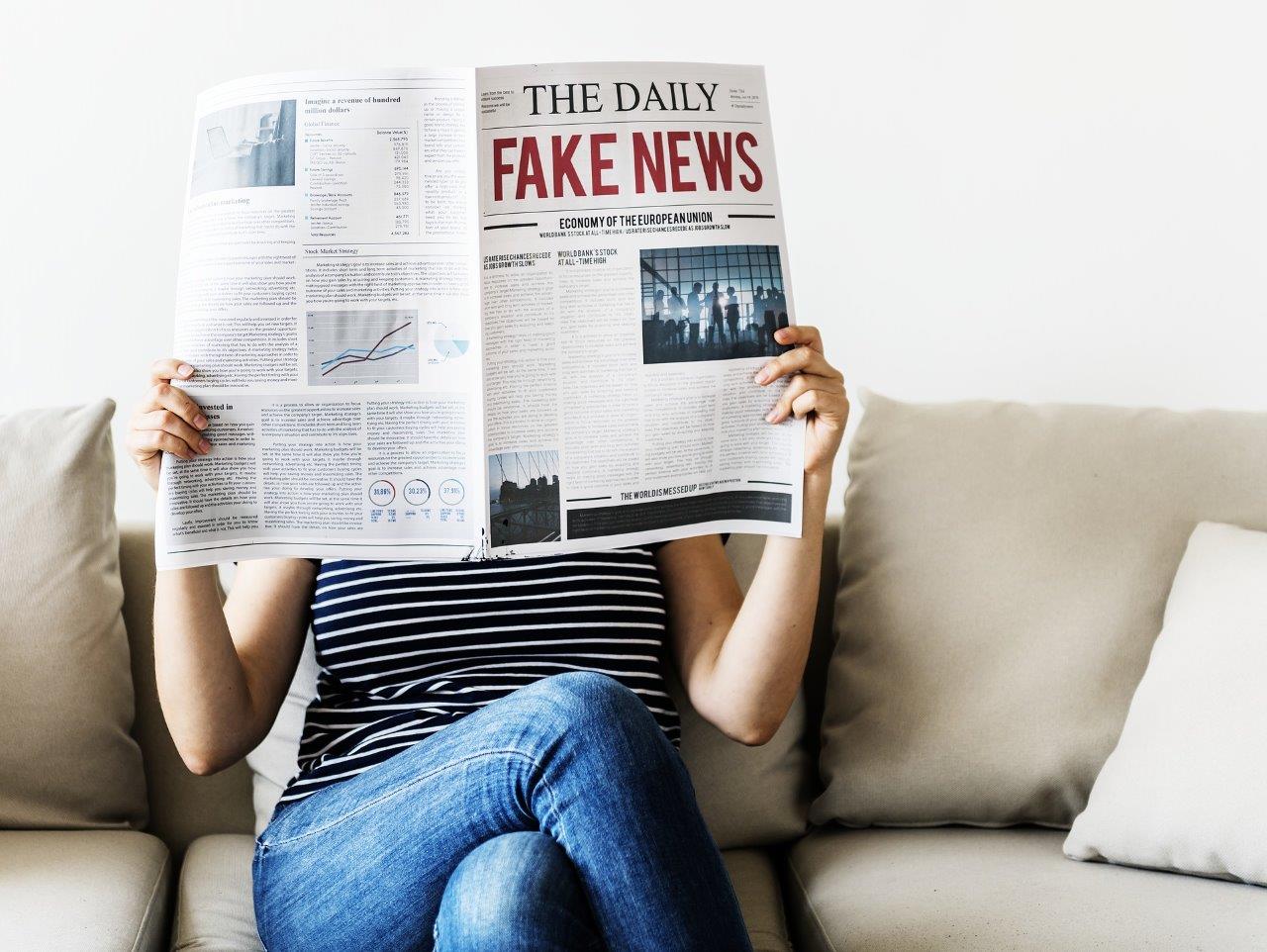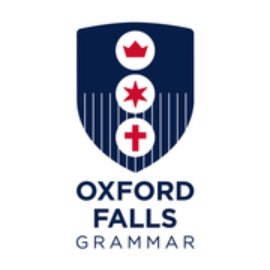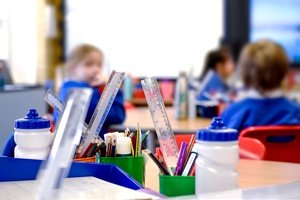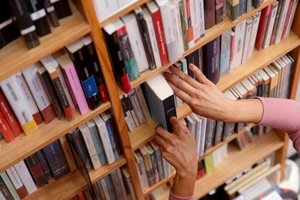Can they tell the difference between news and investigative reporting, what ethics in journalism are all about, the difference between factual, opinion and analysis stories or how to spot fake news?
As Media Literacy Week (October 21-25) kicks off, it’s a timely reminder to pause and acknowledge media literacy as a vital part of any school curriculum.
Yet, according to media literacy education expert Dr Amanda Levido, while teachers are doing "a fabulous job" in general, and "always do", often they don’t know a great deal about media literacy, despite the media being such a prominent aspect of our lives.
Over the last decade there’s been a drastic increase in the amount of time children and teens spend engaging with digital media, which includes social media, online news sites, TV, movies and video games.
Despite this extensive exposure to messages and information that can have a negative impact on their health and wellbeing, it is not, for a range of reasons, always a prioritised part of a school’s curriculum.
Kids need to learn to decode media messages (including the systems in which they exist); assess the influence of those messages on their thoughts, feelings, and behaviours; and create their own media thoughtfully and conscientiously, Levido suggests.
“It’s important for all children to have developed an understanding of media literacy, because media is such a huge aspect of their lives across various dimensions,” she shares.
“They use the media for fun and entertainment and communicating with friends and family, they use it for school and we expect that probably lots of them are going to use the media for work as they get older as well, whatever that might look like for them."
It is patently clear that students need to be able to understand how the media works.
“They need to be able to critically question what they see in the media that’s presented to them and also to think about the media that they’re making and the media that they’re producing and sharing, and whether or not that’s reflecting their own values and beliefs,” Levido says.
An issue Levido and her team are researching at the moment stems from a concern around how children understand how their data is used and how algorithms shape the kinds of media that they see and interact with.
“We’re doing some research on that at the moment with young children to, I guess, try to understand what children know about algorithms and how that impacts on their media choices, good and bad.
“I think that that’s an important aspect and that’s kind of something that has become more prevalent or necessary over the past five years even.”
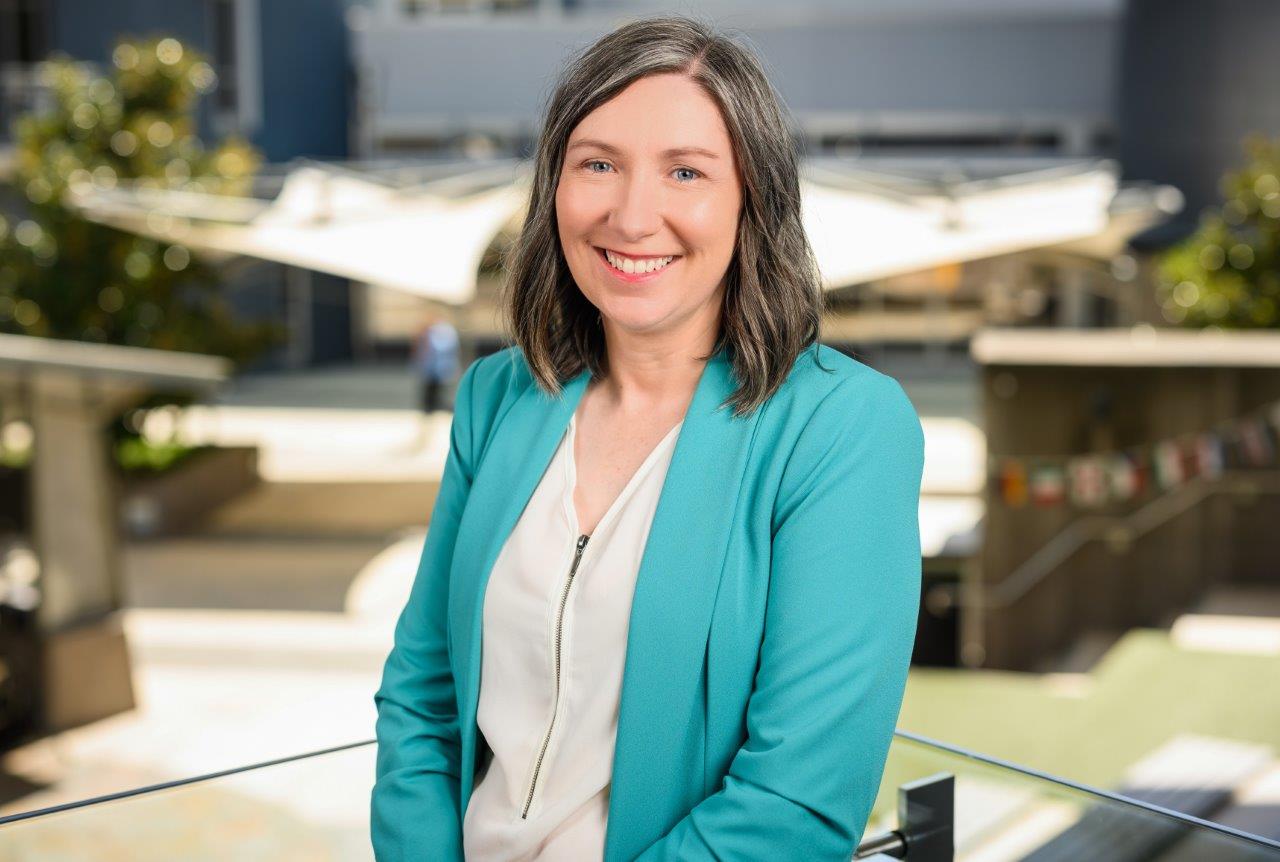
“I think that banning children from online spaces is problematic for several reasons, because children are already in these spaces and we don't expect that at a certain age children will just suddenly know how to use social media and be adequate social media users,” Levido says regarding the prospect of age restrictions on social media access.
Levido says any good media literacy program in schools is one that starts with early years children and is progressively built upon over the course of a child’s schooling.
“I do think that sometimes it’s left to teachers to work out what media literacy or media arts they are going to do over the course of a year, but I really do think that it needs to be something that the school has a look at as a whole school to see what that progression of media literacy might look like over the course of [students'] schooling, so that students have opportunities to explore different aspects of media literacy."
Australian schools cover the key concepts of media literacy and while Levido says it’s encouraging that students are learning about representation, it’s also vital that they are looking across a breadth of concepts so that they develop broad understandings, and not just a narrow understanding of what media literacy is.
“I think sometimes schools get caught up in, and it’s really important as well, e-safety-type issues, but that’s not media literacy, media literacy is broader than that and has a different meaning and interpretation of the media,” she says.
“The other thing that I think is really valuable for schools and teachers to consider is what their students are already doing with the media outside of school and how they can draw on those experiences and build on those experiences inside of school.
“So, I think understanding where your students are coming from and schools and teachers are great at that, they’re used to doing that, but expanding that to think about the media literacy and media arts aspect as well, and what aspects that teachers can draw on to start conversations about media literacy.”
As mentioned, this week is National Media Literacy week, an annual global initiative to combat the spread of spin, misinformation and “fake news” around the world. And championed here in Australia by ABC Education and the Australian Media Literacy Alliance.
Aligning with UNESCO’s Global Media and Information Literacy Week, the five days see public broadcasters and media literacy education associations around the world collaborating and sharing resources to equip people with the skills to become critical thinkers, effective communicators and engaged citizens in an era of mass media, popular culture and digital technologies.
Here in Australia, Levido says there are a range of excellent resources that teachers can incorporate into their classrooms.
The ABC suite encourages a healthy understanding of the news, and dives into the difference between news and investigative reporting, ethics in journalism, how to decode the news and identify the difference between factual, opinion and analysis stories, plus how to spot fake news and inspire critical thinking.
Importantly, the resources can help students master the difference between misinformation and disinformation, detect fake images and videos and recognise reliable sources.
“ABC Education has some great resources, the Museum of Australian Democracy have some fantastic resources as well and run workshops for teachers and students.
“The NFSA, the National Film and Sound Archive also have some fabulous resources.”
The expert has also done work with the team at Squizz Kids (with their Newshounds 2.0 just out), and says the media literacy program there is also excellent.
“The really great thing about that resource is that it’s developed for teachers, so it’s not someone else doing it for you.”
For more about Media Literacy Week, click here.

